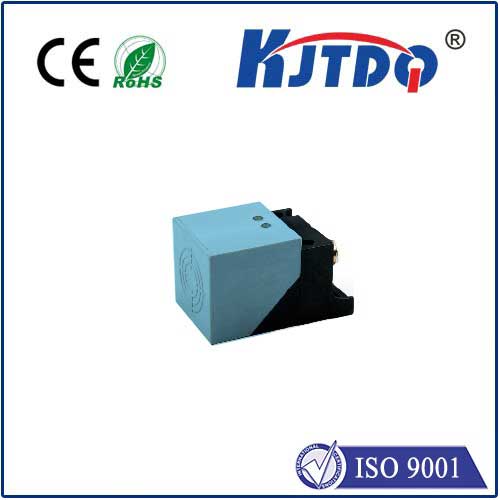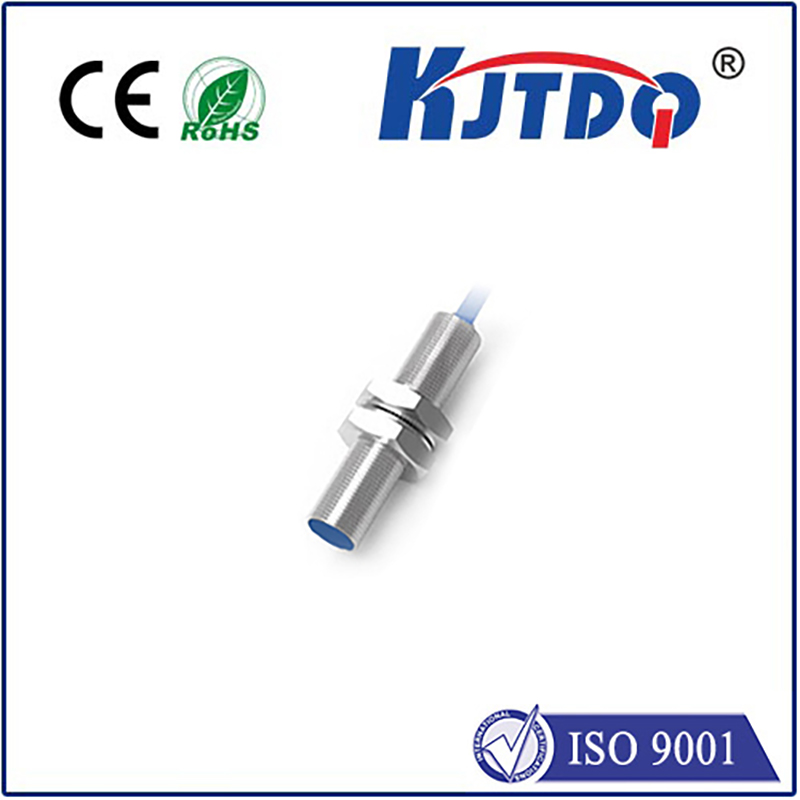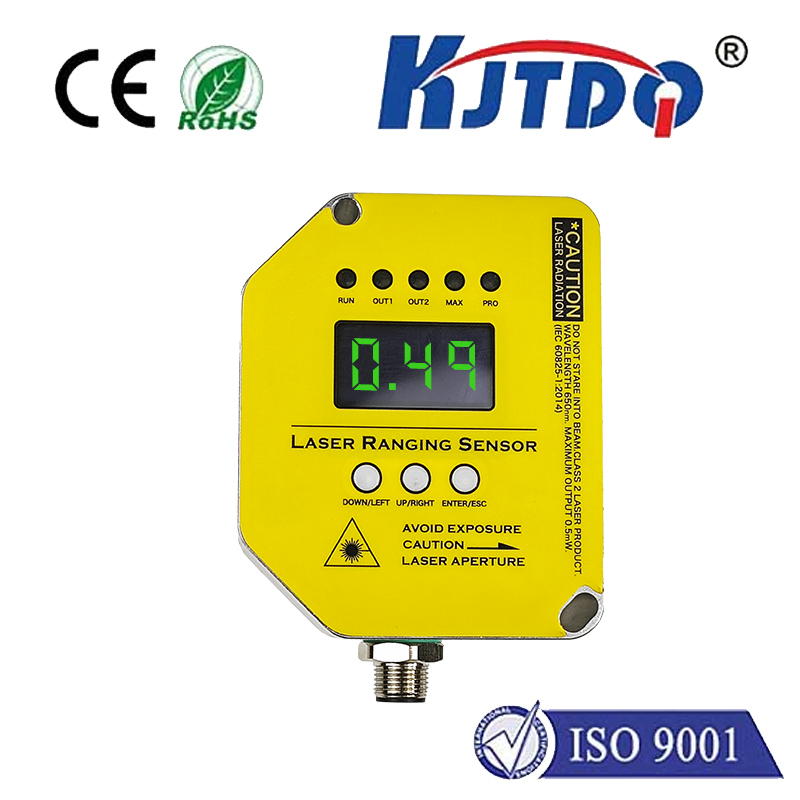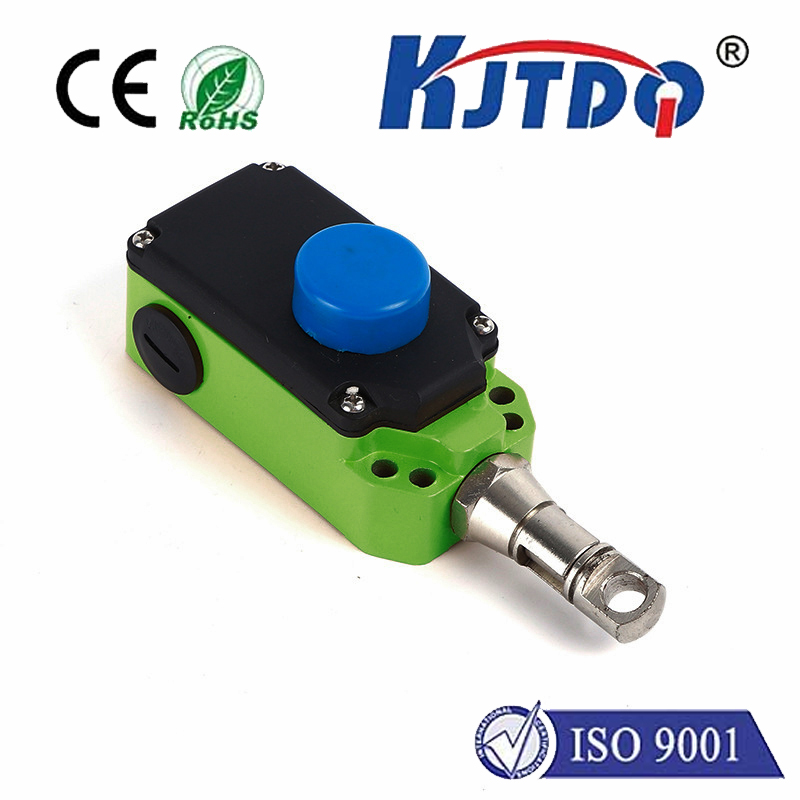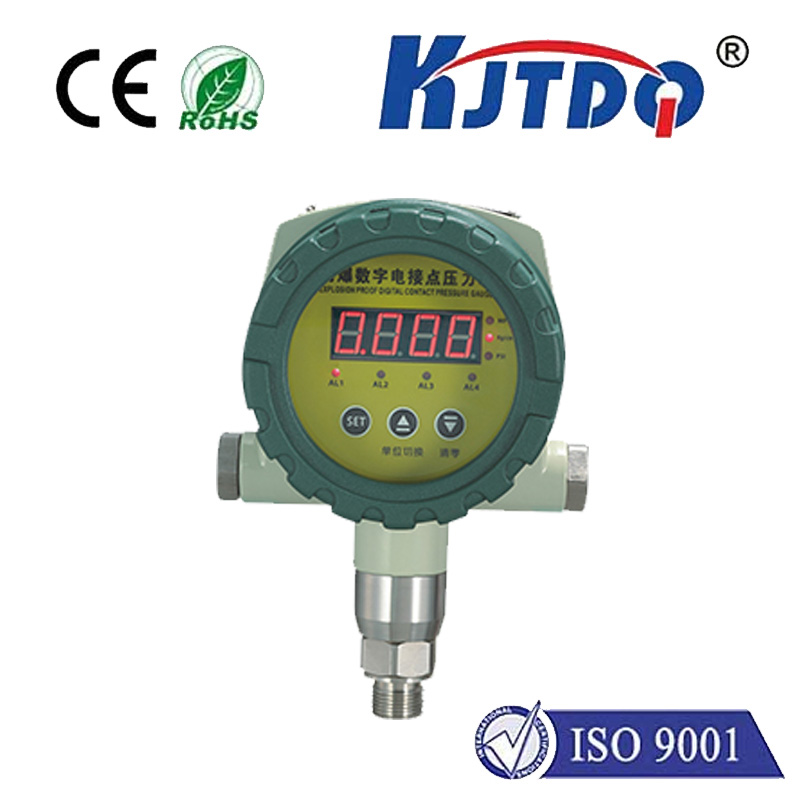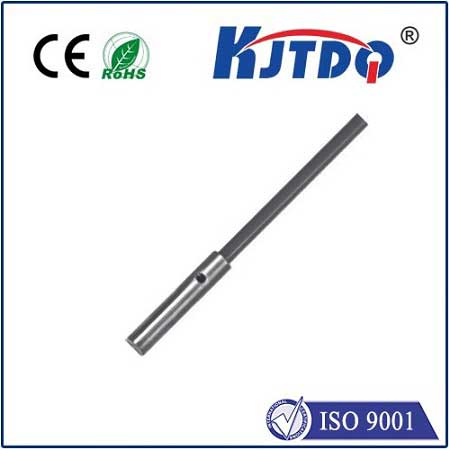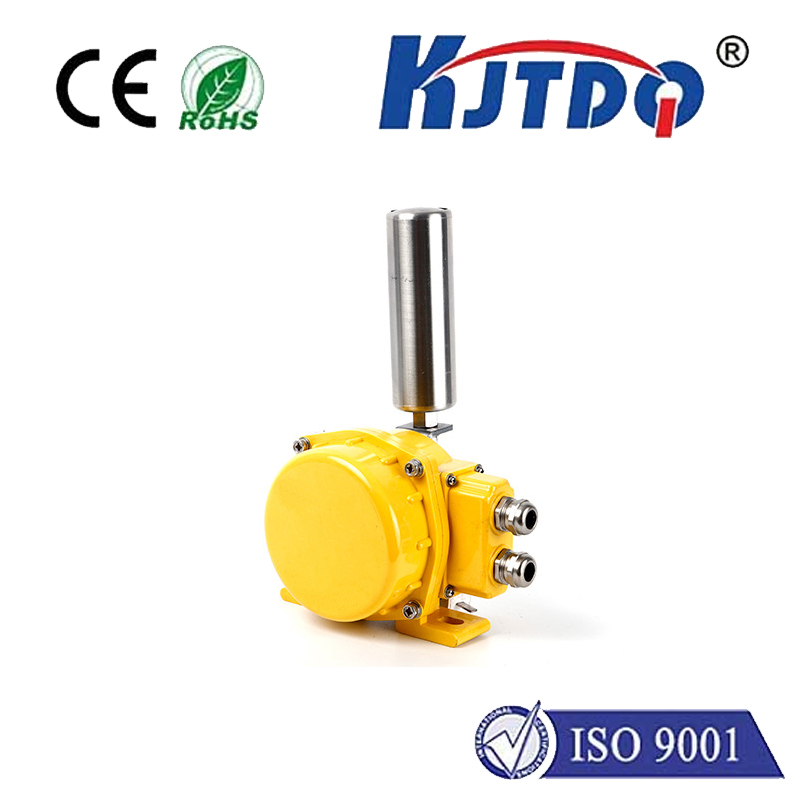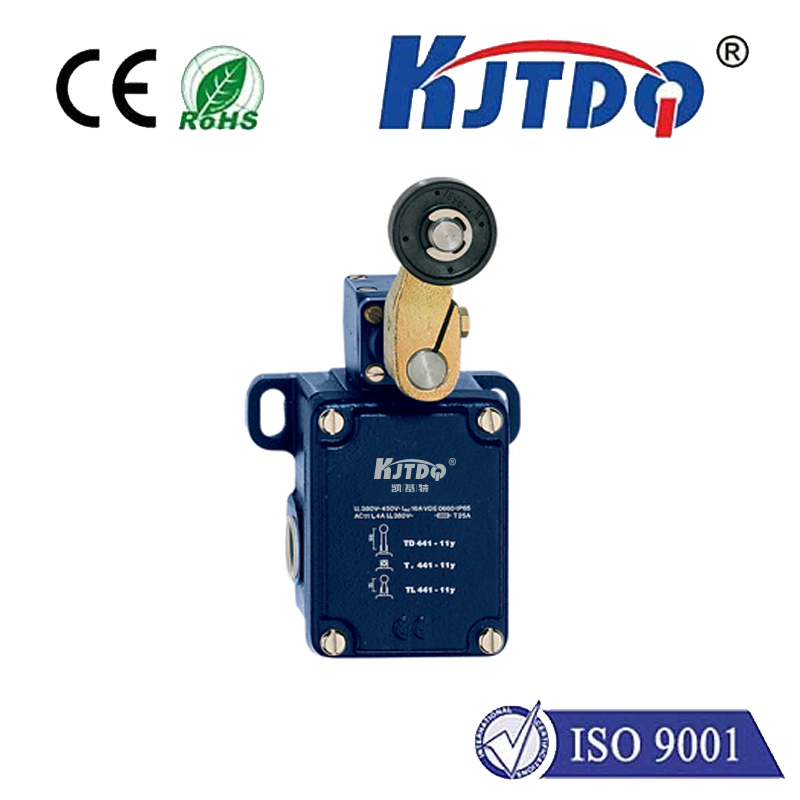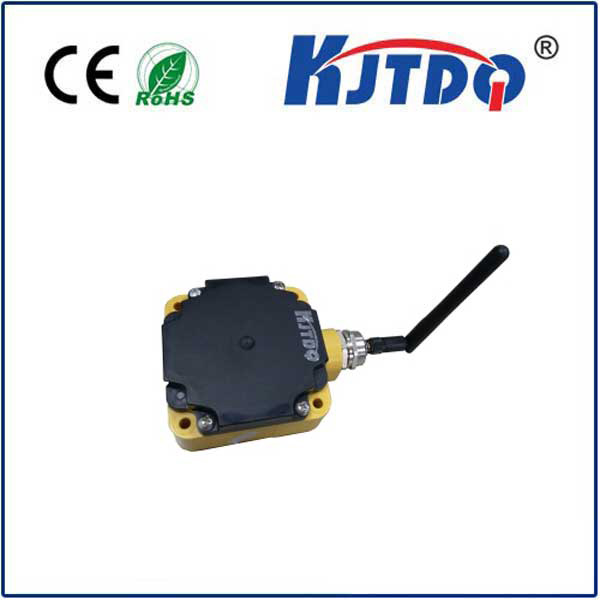

check

check

check

check

check

check

check

check

check

check
Introduction:
Analog proximity sensors have become an essential part of many industries due to their versatility, accuracy, and low cost. These sensors are non-intrusive, making them suitable for a wide range of applications. In this article, we will explore the functionalities and applications of analog proximity sensors in different scenarios, highlighting their importance and relevance in various industries.
Section 1: Analog Proximity Sensors in Robotics and Automation
Analog proximity sensors play a crucial role in robotics and automation systems by providing accurate distance measurements. These sensors can detect the presence or absence of objects, allowing robots to navigate and interact with their environment safely. They are also used for object recognition, tracking, and positioning, enabling robots to perform complex tasks efficiently.
Section 2: Analog Proximity Sensors in Medical Industry
The medical industry relies heavily on precision and accuracy, making analog proximity sensors indispensable. These sensors are used for measuring body temperature, monitoring vital signs, and detecting medical devices such as pacemakers or insulin pumps. They also help prevent infections by detecting contaminated surfaces, alerting healthcare professionals, and minimizing the risk of cross-contamination.
Section 3: Analog Proximity Sensors in Transportation Industry
Analog proximity sensors play a critical role in improving safety and efficiency in the transportation industry. They are used for detecting pedestrians, preventing collisions, monitoring traffic flow, and controlling traffic signals. Additionally, they can detect hazardous substances such as oil spills or gas leaks, helping to minimize environmental damage and ensure public safety.
Section 4: Analog Proximity Sensors in Industrial Automation
In industrial settings, analog proximity sensors are used for monitoring equipment performance, predicting maintenance needs, and detecting faults before they cause significant damage. They also help improve worker safety by detecting hazards such as exposed wires or malfunctioning machines. By providing real-time information on equipment status and potential risks, analog proximity sensors enable organizations to make informed decisions and minimize downtime and costs.
Conclusion:
Analog proximity sensors have revolutionized various industries by providing accurate distance measurements, object recognition, and detection capabilities. Their low cost, ease of use, and versatility make them an ideal choice for a wide range of applications. Whether it's robotics, medical, automotive or industrial settings, analog proximity sensors continue to play a vital role in ensuring safety, efficiency, and productivity in today's modern world.
